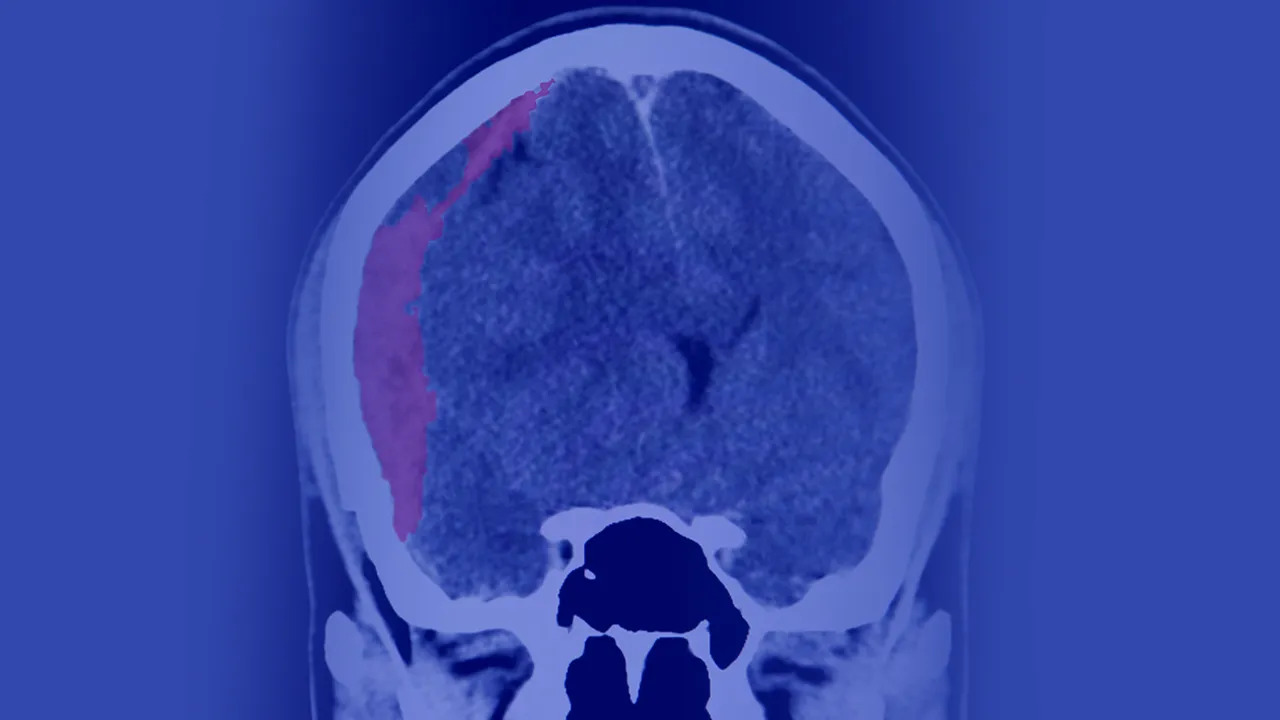Chronic subdural hematoma (CSDH) is a medical condition that occurs when blood accumulates between the brain and the outermost layer of the brain, known as the dura mater. This condition is more common in older adults but can also occur in younger individuals.
CSDH is usually caused by a head injury, even a minor one, that causes bleeding in the brain. However, in some cases, there may be no apparent cause. The risk of developing CSDH increases with age, and it is more common in men than women. Other risk factors for CSDH include alcohol abuse, blood-thinning medications, and certain medical conditions, such as liver disease and blood clotting disorders.
The symptoms of CSDH can vary depending on the size and location of the hematoma. Therefore, some people may not experience symptoms, while others may experience severe symptoms. However, the most common symptoms of CSDH include persistent headaches, confusion, seizures, weakness or numbness on one side of the body, nausea, and vomiting.
A medical history, a physical and neurological exam, and imaging tests, such as a CT scan or MRI, are necessary to confirm the diagnosis. These tests can show the size and location of the hematoma and help determine the best course of treatment.
The treatment of CSDH depends on the size and location of the hematoma and the person’s overall health. In some cases, the hematoma may resolve on its own without treatment. However, if the hematoma is causing symptoms or is large, treatment may be necessary.
Medications, such as corticosteroids, may be prescribed to reduce inflammation and swelling in the brain. Drainage is recommended if the hematoma is large or causes symptoms. The drainage involves making a small hole in the skull and using a catheter to drain the blood from the brain. This procedure is usually done under local anesthesia and as an outpatient procedure.
In some cases, surgery may be necessary to remove the hematoma; that is usually done under general anesthesia and involves making a larger incision in the skull to remove the blood from the brain.
The recovery from CSDH depends on the size and location of the hematoma and the person’s overall health. Most people recover fully from CSDH with treatment. However, some people may experience long-term complications, such as seizures, memory problems, or weakness on one side of the body.
Chronic subdural hematoma is a medical condition that occurs when blood accumulates between the brain and the brain’s outermost layer. A head injury usually causes it but can also occur without an apparent cause. The symptoms of CSDH can vary depending on the size and location of the hematoma, but they often include headaches, confusion, and seizures. Treatment for CSDH depends on the size and location of the hematoma and may include observation, medications, drainage, or surgery. With proper treatment, most people recover fully from CSDH.

Comments are closed.